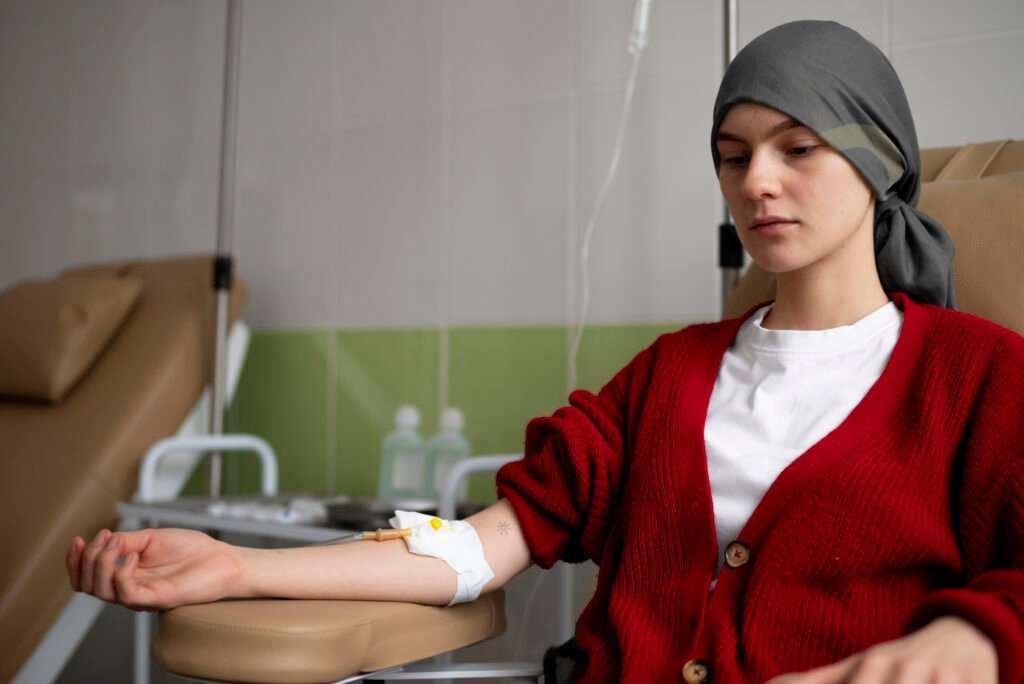In the intricate ecosystem of healthcare, where doctors and nurses often occupy the spotlight, there exists a group of highly specialized professionals whose work is nothing short of life-sustaining. They are the Certified Clinical Hemodialysis Technicians (CCHTs), the vital cogs in the machine that keeps thousands of patients with end-stage renal disease alive and hopeful. A CCHT is more than just an operator of complex medical equipment; they are a patient’s first line of defense, a trusted confidant during long and arduous treatment sessions, and a crucial member of the nephrology team. This article delves into the world of the CCHT, exploring the depth of their responsibilities, the rigor of their training, and the profound impact they have on the lives of those they serve.
Heading 1: Who is a CCHT? Defining the Role and Its Critical Importance
A Certified Clinical Hemodialysis Technician is a nationally certified healthcare professional specifically trained to operate hemodialysis machinery and provide direct patient care to individuals whose kidneys can no longer perform their essential function of filtering waste and excess fluid from the blood. The “Certified” component is key; it signifies that the technician has met rigorous national standards set by a governing body like the Nephrology Nursing Certification Commission (NNCC), demonstrating a validated competency in both the technical and patient-care aspects of dialysis. This certification is not merely a formality—it is a pledge of quality and safety. In the high-stakes environment of dialysis, where a minor error in calculating fluid removal rates or a small air bubble in the bloodline can have catastrophic consequences, the CCHT’s certified expertise is the primary safeguard. They are the constant, watchful eyes ensuring that a process which mimics the function of a vital organ—a process that is inherently invasive and risky—is carried out with impeccable precision and unwavering attention.
Heading 2: A Day in the Life: The Multifaceted Responsibilities of a Dialysis Technician
The responsibilities of a CCHT extend far beyond simply “starting and stopping machines.” Their day is a meticulously choreographed dance of technical proficiency and compassionate care. It begins long before the patient arrives, with the critical task of preparing the dialysis machine—testing its internal functions, calibrating safety monitors, and ensuring the dialyzer (the artificial kidney) and bloodlines are sterile and properly set up. Once the patient is seated, the CCHT becomes a phlebotomist and a engineer, skillfully cannulating the patient’s vascular access (whether it be a fistula, graft, or catheter) to establish a connection to the bloodstream. Throughout the three-to-four-hour treatment, the technician is perpetually monitoring a symphony of data: blood pressure, venous and arterial pressures, blood flow rates, and fluid removal targets. They are trained to anticipate and troubleshoot a myriad of potential complications, from sudden drops in blood pressure and muscle cramps to more alarming events like blood leaks or air embolisms. Simultaneously, they serve as the patient’s main point of human contact, offering reassurance, educating them on their treatment, and keenly observing their psychological and emotional well-being, often detecting concerns that machines cannot see.
Heading 3: The Path to Certification: Education, Training, and Examination
Becoming a CCHT is a journey that demands dedication and a commitment to excellence. The path typically begins with a high school diploma or GED, followed by enrollment in a state-approved dialysis technician training program. These programs, often offered by technical schools, community colleges, or even larger dialysis providers themselves, combine extensive classroom instruction with mandatory clinical hands-on experience. The curriculum covers a vast array of subjects, including the principles of renal physiology and pathology, the mechanics of hemodialysis, water treatment systems, infection control protocols, venipuncture techniques, and emergency procedures. After completing this training, candidates become eligible to sit for the national certification exam. This comprehensive examination rigorously tests their knowledge across all domains of practice. Achieving certification, however, is not the end of the educational road. To maintain their credential, CCHTs must engage in continuous learning, completing specific continuing education credits every few years to ensure their knowledge remains at the forefront of a constantly evolving field.
Heading 4: The Work Environment: Navigating the Challenges and Rewards
CCHTs are the backbone of a variety of clinical settings, primarily in outpatient dialysis centers, but also in hospital-based acute units and even home dialysis training programs. Each environment presents its own unique rhythm and challenges. An outpatient center is a world of routine and long-term patient relationships, where technicians get to know their patients intimately over months and years of treatment. In contrast, a hospital acute unit is fast-paced and unpredictable, dealing with critically ill patients whose condition can change in an instant, requiring immense adaptability and calm under pressure. The role is physically and emotionally demanding. Technicians are on their feet for long hours, lifting patients and heavy equipment, and are constantly exposed to biological hazards. The emotional weight of supporting patients through a chronic, life-altering illness can be heavy. Yet, the rewards are immense. There is a profound sense of purpose that comes from providing a service without which these patients could not survive. The deep, trusting bonds formed with patients provide a unique and powerful form of job satisfaction that few other technical roles can offer.
Heading 5: The Impact of a CCHT: More Than Just a Procedure
The true measure of a CCHT’s value cannot be captured in a job description alone. Their impact resonates on a deeply human level. For a dialysis patient, who must submit to this treatment three times a week, the technician is a constant in their life, a familiar face in a difficult journey. A skilled and compassionate CCHT can transform a terrifying medical procedure into a manageable, even comfortable, experience. They are educators, explaining lab results and the importance of diet in terms the patient can understand. They are motivators, encouraging adherence to treatment plans. They are often the first to notice subtle changes in a patient’s condition—a slight swelling, a change in demeanor, a problem with their access site—and alert the nurse or nephrologist, potentially preventing serious hospitalizations. In this way, the CCHT is a powerful advocate and a crucial link in the chain of care, directly influencing not just the quantity of a patient’s life, but its quality.
FAQ Section
Q: What is the difference between a CCHT and a dialysis nurse?
A: While their work is deeply collaborative, the roles have distinct scopes of practice. A CCHT is primarily focused on the technical operation of the dialysis machine and direct patient monitoring during the treatment itself. They are experts in the machinery and the procedure. A dialysis nurse (RN) has a broader scope, including administering medications, developing and evaluating patient care plans, performing more advanced assessments, and managing complex medical issues that arise. The nurse supervises the care provided by the CCHT.
Q: Is being a CCHT a good stepping stone to other medical careers?
A: Absolutely. The hands-on patient care experience, deep understanding of a complex chronic disease, and familiarity with a clinical environment make the CCHT role an excellent foundation for those looking to advance into nursing, physician assistant programs, or other advanced healthcare roles. It provides real-world experience that is highly valued.
Q: What are the most important qualities of a successful dialysis technician?
A: Beyond technical aptitude, the best CCHTs possess exceptional attention to detail, unwavering empathy, strong communication skills, and the ability to remain calm and effective in high-stress or emergency situations. Physical stamina and a strong teamwork ethic are also essential.
Conclusion
The role of the Certified Clinical Hemodialysis Technician is a unique and powerful fusion of advanced technology and profound human connection. They are the vigilant guardians of a process that stands between life and death for their patients, wielding technical expertise with the steady hand of a professional and offering comfort with the warm heart of a caregiver. In the often-invisible world of chronic disease management, CCHTs are the unsung heroes whose skill, dedication, and compassion form the very foundation of modern dialysis care. They don’t just run machines; they uphold lives, bring comfort to the weary, and provide a beacon of stability on a long and challenging healthcare journey.


